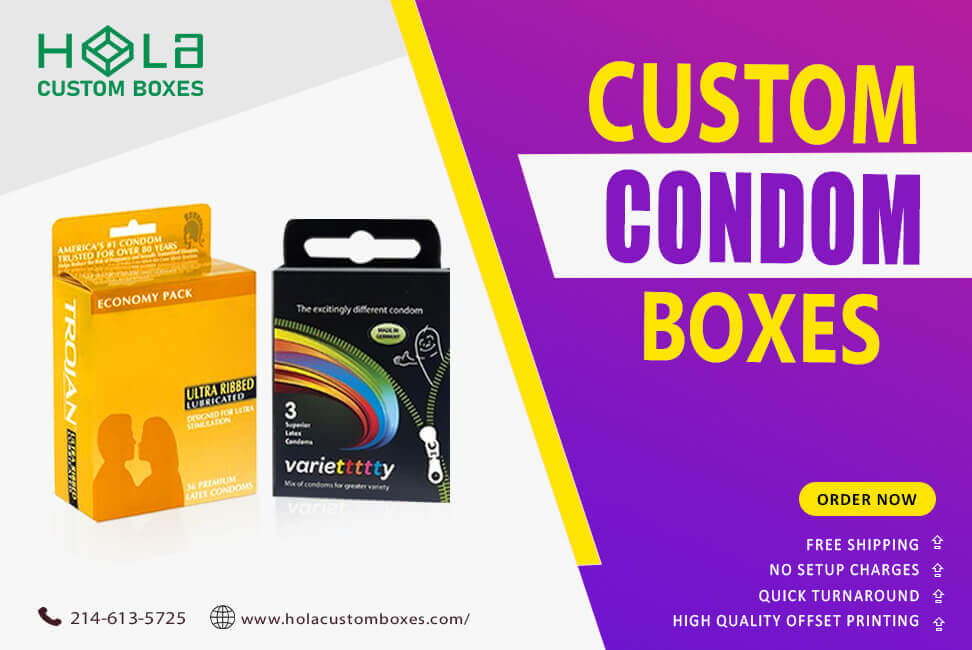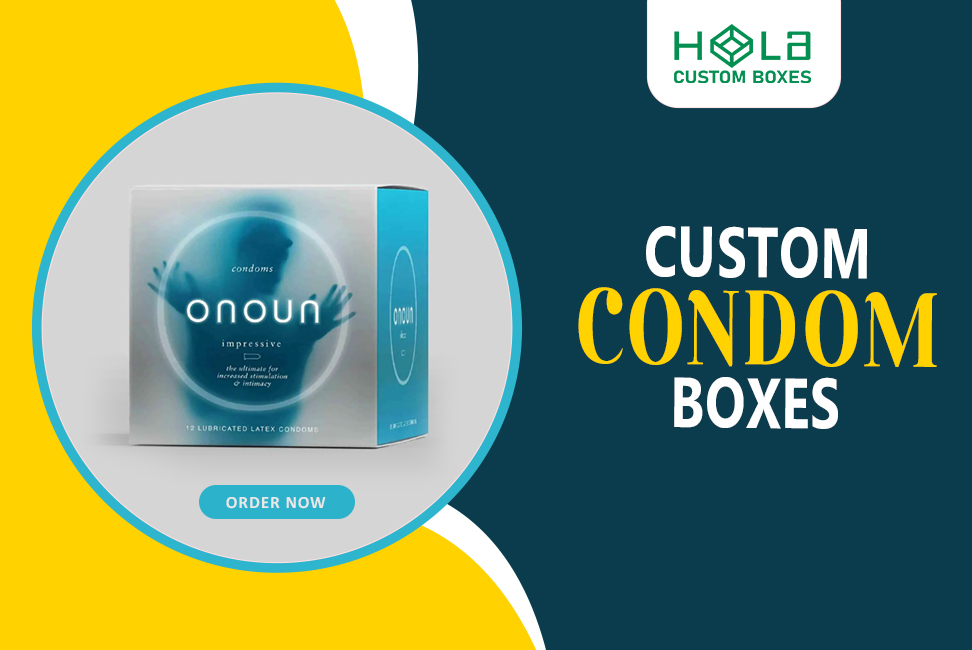Guide to Optimal Safety Standards in Condom Packaging
2025-09-09 15:51:04
When manufacturing or distributing condoms, you must navigate complex safety regulations that protect consumer health and product integrity. The FDA's stringent requirements for Class II medical devices form just one part of an extensive safety framework. Each element must meet specific standards to guarantee reliable barrier protection, from material selection to tamper-evident packaging. Let's examine the critical components of today's rigorous condom packaging protocols.
Main Points
Select medical-grade, hypoallergenic materials that maintain product sterility and prevent harmful substances from leaching during storage and use.
Implement tamper-evident seals and packaging features that reveal any compromise to product integrity before use.
Conduct regular batch testing for durability, elasticity, and seal strength to ensure consistent quality across all production runs.
Display essential information, including expiration dates, lot numbers, and usage instructions, prominently on packaging in clear, legible text.
Maintain electronic tracking systems throughout manufacturing and distribution to enable swift identification of affected batches during recalls.
Essential Regulatory Requirements for Safe Packaging
While maintaining consumer safety remains paramount, manufacturers must navigate a complex framework of regulatory requirements for condom packaging.
You'll need to submit a 510(k) premarket notification to the FDA, as condoms are Class II medical devices requiring stringent oversight.
Your packaging must display clear labeling that outlines product efficacy and limitations for STI and pregnancy prevention. You must conduct thorough shelf-life testing to verify packaging integrity throughout the product's lifespan.
You must comply with local and international standards and stay current with evolving regulatory updates to avoid penalties and recalls. Additionally, using high-quality materials in your packaging reinforces product safety and durability, essential for maintaining compliance with these regulations.
Why Packaging Matters in a Crowded Market
In today’s fast-paced and competitive marketplace, brands need more than just a great product to get noticed—they need packaging that captivates. Custom boxes with logos have the power to turn ordinary items into irresistible must-haves. From vibrant colors that catch the eye to unique shapes that spark curiosity, every design choice can make your brand stand out. Premium materials convey quality, while consistent branding builds trust and loyalty.
Turning Packaging into a Brand Experience
Memorable packaging doesn’t just protect your product—it tells a story and creates an emotional bond with customers. When your design resonates, it inspires sharing, strengthens brand recognition, and makes it easier for consumers to choose you over competitors. In a world full of options, great packaging can be the difference between blending in and shining brightly on the shelves.
Quality Control Testing Protocols

Rigorous quality control testing protocols form the cornerstone of reliable condom packaging production.
Each batch undergoes thorough inspections to verify packaging integrity and seal strength. Electronic testing detects pinholes and defects, rejecting units that don't meet standards.
Your product's safety is guaranteed through systematic sampling from production batches, where selected condoms undergo extensive testing for durability and elasticity.
Before shipment, you can be confident that each batch has passed final quality assurance checks for compliance with international standards.
All test results are documented, providing complete traceability throughout the production process.
Tamper-Evident Design Features
The implementation of tamper-evident features represents a critical advancement in condom packaging security.
These essential safeguards are designed to protect product integrity and guarantee your safety through visible interference indicators.
Specialized sealants disrupt patterns or reveal warning messages if someone's tampered with the package.
Testing protocols simulate real-world tampering scenarios to validate security measures.
Design features provide clear visual indicators while maintaining user-friendly opening mechanisms.
Regulatory compliance requires specific tamper-evident elements to prevent contamination.
These features work together to maintain product sterility and build consumer confidence, allowing you to identify potential security breaches before use.
Sterilization and Sealing Standards
When manufacturing condoms, sterilization, and sealing processes must adhere to stringent international standards to guarantee your protection.
The industry relies on ethylene oxide gas sterilization as the primary method to eliminate microbial contaminants while preserving product integrity.
You'll find that quality control measures continuously monitor both sterilization and heat sealing processes.
These checks confirm that th packaging remains intact and sterile.
FDA compliance requirements dictate testing protocols to validate each batch's safety and efficacy.
Every step of the process undergoes rigorous evaluation to meet established quality benchmarks, confirming that you receive a product that has been appropriately sterilized and securely sealed.
Critical Labeling Elements and Warnings
After guaranteeing proper sterilization and sealing, accurate labeling is your final safeguard in condom packaging.
Proper labeling acts as the ultimate defense in condom packaging, following the critical steps of sterilization and secure sealing.
You must comply with stringent requirements for clear product identification and essential safety information.
The product name, type, and size should be prominently displayed on the front panel to prevent consumer confusion and guarantee proper selection.
Include the expiration date and lot number in clearly visible locations for traceability.
Print thorough usage instructions and allergy warnings using legible font sizes.
Update your labeling regularly to maintain compliance with evolving regulations.
Environmental Impact Considerations
Modern condom packaging requires careful consideration of environmental sustainability without compromising product integrity or safety standards.
You'll need to evaluate packaging materials through extensive life cycle assessments, focusing on their ecological footprint from production to disposal.
When selecting materials, you must prioritize non-toxic, hypoallergenic options that align with local recycling capabilities.
Consider biodegradable alternatives only after thorough compatibility testing confirms they won't affect product shelf life.
Source your raw materials sustainably, particularly natural latex rubber.
You are responsible for educating consumers about proper disposal methods to maximize the effectiveness of your environmentally conscious packaging choices. Additionally, eco-friendly boxes can further enhance your commitment to sustainability while promoting brand values.
Storage and Transportation Guidelines
Proper storage and transportation protocols serve as critical foundations for maintaining condom safety and efficacy throughout the supply chain.
You'll need to guarantee optimal conditions to preserve product integrity from warehouse to end-user.
Keep condoms at room temperature between 20°C to 25°C (68°F to 77°F), avoiding exposure to extreme temperatures and direct sunlight.
Store in cool, dry environments away from sharp objects that could compromise packaging.
Secure products during transport to prevent bending or excessive movement.
Implement regular quality checks to monitor expiration dates and packaging integrity.
These guidelines guarantee consistent product quality and reliability, maximizing shelf life and effectiveness.
Consumer Safety Verification Methods
Consumer safety verification encompasses essential inspection protocols that users must follow before, during, and after condom use.
Before proceeding, you must examine each wrapper for visible damage and confirm the expiration date. When opening, carefully peel back the wrapper's corners to prevent damaging the condom. Also, check that the packaging displays critical information, including size, type, and lubricant specifications.
Once used,c ondoms must be disposed of properly. To maintain hygiene standards and environmental safety, wrap them in their original packaging before discarding them.
These verification steps guarantee peak protection and responsible product usage.
Documentation and Traceability Systems
Beyond individual consumer verification, robust documentation and traceability systems form the backbone of condom manufacturing safety protocols.
These systems are essential for maintaining product safety and regulatory compliance throughout the production lifecycle.
Implement detailed batch records documenting raw material sources, production processes, and quality control measures.
Establish electronic tracking systems to monitor products from manufacturing to distribution.n
Maintain thorough compliance verification documentation to meet international standard.ds
Regularly audits your documentation systems to identify gaps and optimize quality assurance.nce
These measures guarantee quick response capabilities for recalls while safeguarding consumer trust through verifiable safety protocols.
